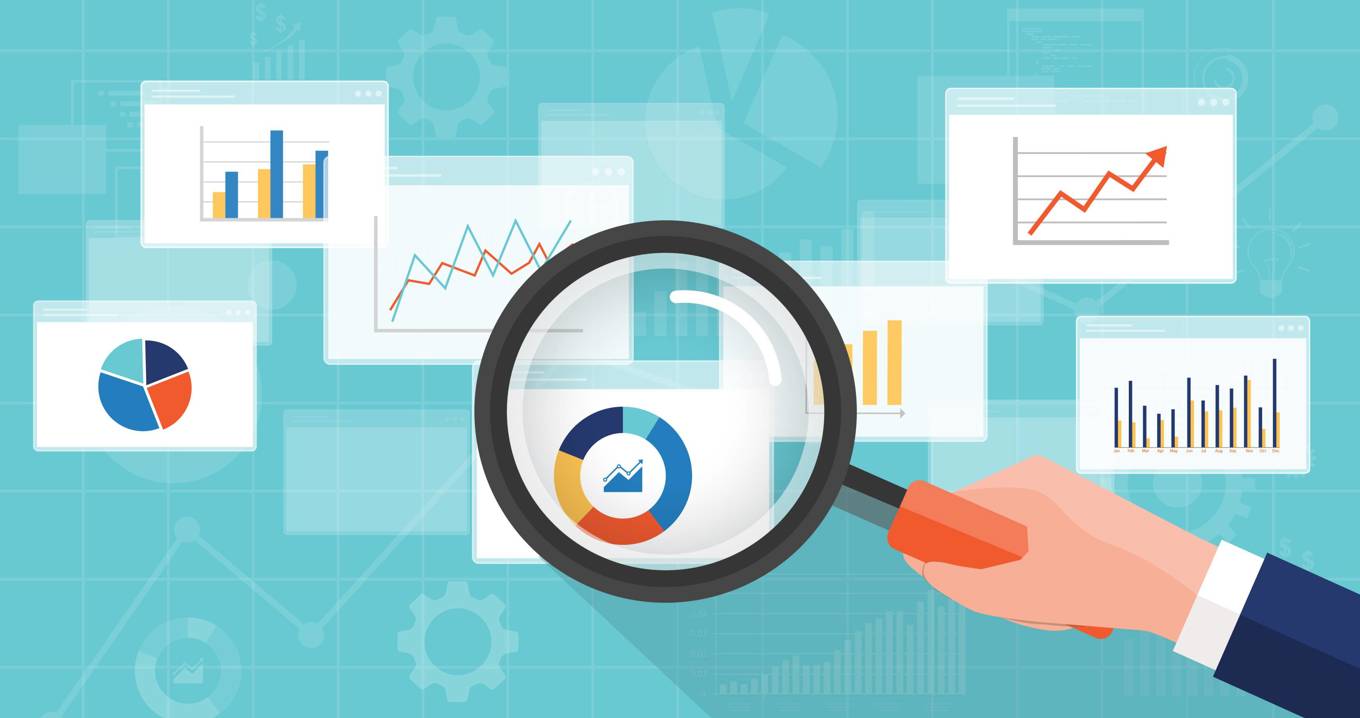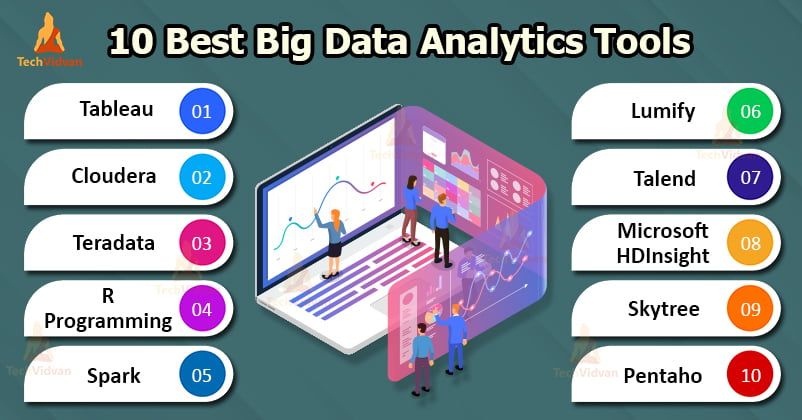Why Organizations Love Data-Driven Analytics Approaches
Why Organizations Love Data-Driven Analytics Approaches
Blog Article
Explore Cutting-Edge Analytics for Wiser Decision-Making
In an age where data is plentiful, the ability to harness sophisticated analytics is paramount for companies looking for to improve decision-making processes. As organizations aim to promote a data-driven society, the execution of real-time information visualization tools arises as an essential part in transforming complicated information right into understandable understandings.
The Relevance of Data-Driven Choices
In today's fast-paced service atmosphere, 90% of executives think that data-driven decision-making is critical for keeping an one-upmanship. As organizations significantly face complicated challenges and fast changes, the capacity to leverage information efficiently has actually ended up being paramount. Data-driven choices allow organizations to move past intuition and presumptions, counting rather on empirical evidence to educate actions and techniques.
The importance of data-driven choices extends to numerous elements of the service, including functional performance, consumer satisfaction, and market positioning. Organizations that use data analytics can recognize trends, enhance resource allotment, and improve customer involvement by tailoring services and items to fulfill specific requirements. Moreover, data-driven approaches assist in danger monitoring by allowing business to anticipate prospective challenges and react proactively.
Incorporating data into decision-making processes cultivates a culture of liability and openness, as stakeholders are most likely to trust fund choices backed by solid proof. Therefore, organizations that focus on data-driven decision-making are better equipped to adjust to market variations and maximize emerging chances, ultimately driving lasting growth and success in a significantly competitive landscape. Analytics. Highlighting the value of data in strategic preparation will unquestionably produce long-term benefits for any type of organization
Key Techniques in Advanced Analytics

An additional crucial strategy is artificial intelligence, which makes it possible for systems to pick up from information and improve their efficiency with time. This repetitive process aids in acknowledging anomalies and forecasting future trends based upon historic information. In addition, all-natural language processing (NLP) permits the analysis of disorganized information, such as social media sites interactions and client responses, providing deeper understandings right into customer view and choices.
Visualization methods also play a critical role in sophisticated analytics. By transforming complicated information into user-friendly aesthetic layouts, companies can assist in better understanding and quicker decision-making among stakeholders. Optimization methods aid organizations make the most efficient usage of their sources by discovering the finest possible services under provided restraints.
Together, these essential strategies create a durable structure for sophisticated analytics, making it possible for organizations to browse the complexities of modern-day information landscapes effectively.
Predictive Analytics and Its Influence
Predictive analytics acts as a considerable expansion of the essential strategies detailed in sophisticated analytics, leveraging historical data to forecast future end results. By utilizing analytical algorithms and artificial intelligence methods, companies can recognize patterns and trends within their data sets, enabling them to make enlightened decisions that enhance functional performance and drive tactical efforts.
The effect of anticipating analytics is extensive across various markets, including advertising and marketing, financing, and medical care. In the financial domain name, organizations make use of anticipating models to examine credit threat, enhance investment profiles, and spot fraudulent activities. In medical care, anticipating analytics help in client result projecting, resource allowance, and tailored treatment strategies, ultimately enhancing client treatment.
Moreover, companies make use of predictive insights to refine marketing techniques, targeting clients better and boosting conversion prices. By anticipating consumer habits, organizations can customize their offerings, thus fostering loyalty and improving customer experience.
As organizations remain to harness the power of anticipating analytics, they obtain an one-upmanship by not just responding to market adjustments yet likewise proactively shaping their methods based upon anticipated patterns. This progressive technique inevitably transforms data into a strategic property, driving lasting growth and advancement.
Real-Time Data Visualization Tools
Many organizations are significantly turning to real-time information visualization devices to improve their decision-making procedures. These devices allow stakeholders to analyze complex datasets quickly and effectively, facilitating timely actions to arising challenges and fads. By presenting data in instinctive styles such as control panels, charts, and interactive charts, companies can change raw data into actionable insights.
Real-time information visualization devices enable the constant surveillance of key efficiency indications (KPIs), making sure that decision-makers are constantly informed concerning the current state of procedures. This immediacy helps companies recognize anomalies, anticipate description possible issues, and confiscate opportunities as they emerge. Furthermore, using these tools cultivates cooperation across departments, as shared visualizations advertise a combined understanding of data among staff member.
As companies significantly depend on data-driven techniques, the adoption of real-time visualization tools becomes important. With developments in technology, these devices have become more accessible and user-friendly, allowing non-technical users to leverage data properly. Real-time information visualization not only boosts operational performance yet also encourages organizations to make enlightened decisions that drive development and development.
Applying Analytics for Growth

Organizations needs to buy the right tools and technologies that promote information collection, storage space, and evaluation. This includes cloud-based systems that offer scalability and adaptability, enabling teams to gain access to real-time data easily (Analytics). Cultivating a read more data-driven society is essential; workers at all degrees need to be educated to translate and utilize analytics properly.

Conclusion
By leveraging techniques such as maker understanding and information mining, organizations can reveal essential insights and forecast emerging trends. Real-time information visualization improves the interpretability of intricate datasets, advertising cross-departmental cooperation.
In an age where data is bountiful, the ability to harness advanced analytics is extremely important for companies looking for to improve decision-making processes. Organizations that utilize data analytics can identify patterns, enhance resource allocation, and boost client engagement by customizing solutions and products to fulfill details needs.Advanced analytics incorporates a range of vital strategies that equip organizations to extract significant insights from complicated data sets. Amongst these methods, information mining stands out as an effective tool for uncovering patterns and partnerships within big quantities of information. By providing information in intuitive styles such as control panels, charts, and interactive graphes, organizations can change raw information right into actionable insights.
Report this page